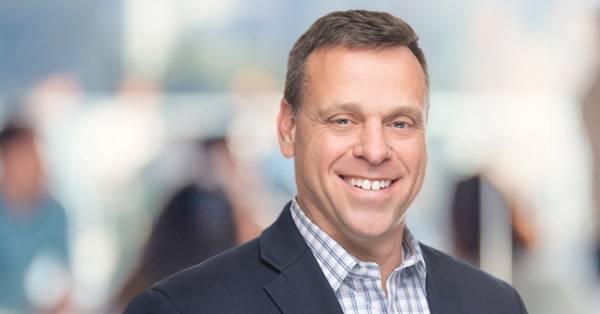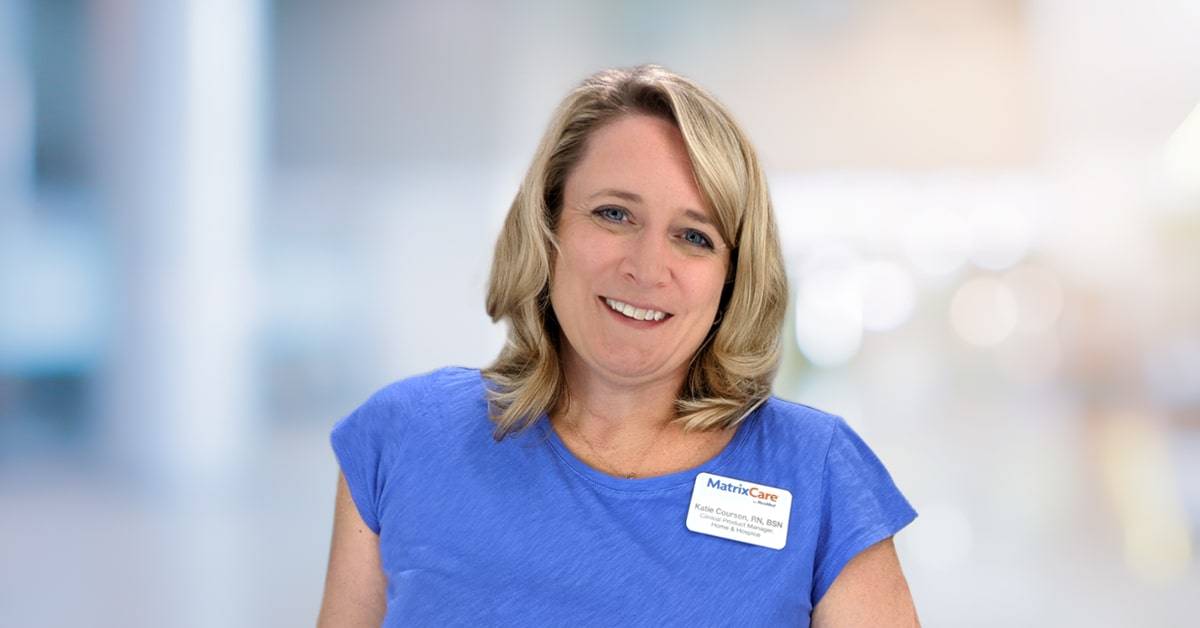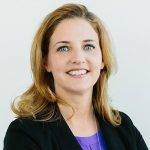- Solutions
- Solutions
- Home Health
- Hospice
- Life Plan Community
- Palliative Care
- Private Duty
- Senior Living
- Skilled Nursing
- Skilled Nursing
- Skilled Nursing Software
- Advanced Insights
- Customer relationship management
- Data and analytics
- Financial & operations management
- Marketing
- Nutrition management
- Referral management
- Regulatory compliance
- Retail management
- Resident engagement
- Revenue cycle management
- Skilled nursing interoperability
- Partners
- Blogs
- Resources
- About
- User Conference

Return on assets: Tips for making staff more profitable
Return on assets (ROA) is a financial ratio that indicates how profitable a company is in relation to its total assets. In the business world, this would be considered cash, real estate, equipment, intellectual property, etc. ROA determines how much profit these assets are generating.
In home health and hospice, the most valuable assets are employees. Are organizations getting the best return they can on the staff and the limited staff they employ? In this blog, we help you answer that question and discover ways you can reduce administrative tasks so your staff can be more productive — and profitable.
Negating revenue gains with billing tasks
Billing and coding are time-consuming tasks, especially for staff who are rarely revenue experts. When done in-house, they can often lead to rejections and staff spending time correcting mistakes. This means higher labor costs that can eat into revenue gains.
A lot of time may not gain you a lot of revenue, which is why organizations should consider outsourcing these tasks. Exactly how can outsourced revenue cycle management improve ROA for home health and hospice providers? It all starts with focusing less on the tactical side of business and more on the strategic side.
Tactical projects include anything within the next six months, while strategic projects go beyond that. To drive business and get ahead of constant change, agencies will get more ROA from staff that focus on strategy — including gaining new referral sources, negotiating new payors, updating contracts, etc. Meanwhile, outsourced RCM services will manage the tactical needs, like cashflow and the bottom line.
Can AI and automation improve ROA?
It’s clear that streamlining the billing process and improving efficiency around revenue can ease the administrative burden on staff so they can focus on more productive tasks. While AI and automation are not the answer for everything and should always be used on top of established processes, we incorporate these technologies where they make sense and add value.
We currently use RPA for NOEs and NOAs to help ensure nothing is missed, and also to do more with less. In fact, we’re now able to do five times more NOAs and NOEs using RPA compared to 13 months ago, with no additional staff. RPA doesn’t take PTO, there are no breaks, so it eliminates that revenue gap.
This is a successful example, but be sure to consider the expense and whether there is potential for ROI when exploring these technologies. Looking to the future, we’re also evaluating new and innovative ways to leverage these technologies in ways that can truly deliver operational efficiency.
Curious how outsourcing RCM can deliver return on assets for your organization? Connect with us today to learn how MatrixCare can help.
Jeremy Crow
Jeremy has been employed as the Director of Revenue Cycle Services since January 2020. He possesses extensive expertise in the Healthcare Information Technology field, specifically in Home Health and Hospice, spanning over 25 years. Throughout his career, Jeremy has collaborated with Fortune 20 and private equity companies, specializing in project management, training, consulting, custom technical services, and overall professional services operations. He has successfully overseen multinational teams, introduced new services, and facilitated the integration of acquisitions. Jeremy holds an MBA from Washington University in St. Louis and has been PMP certified since 2004.
Related Posts



See MatrixCare in action
Start by having a call with one of our experts to see our platform in action.
MatrixCare offers industry-leading software solutions. Thousands of facility-based and home-based care organizations trust us to help them improve efficiency and provide exceptional care.
© 2025 MatrixCare is a registered trademark of MatrixCare. All rights reserved.





